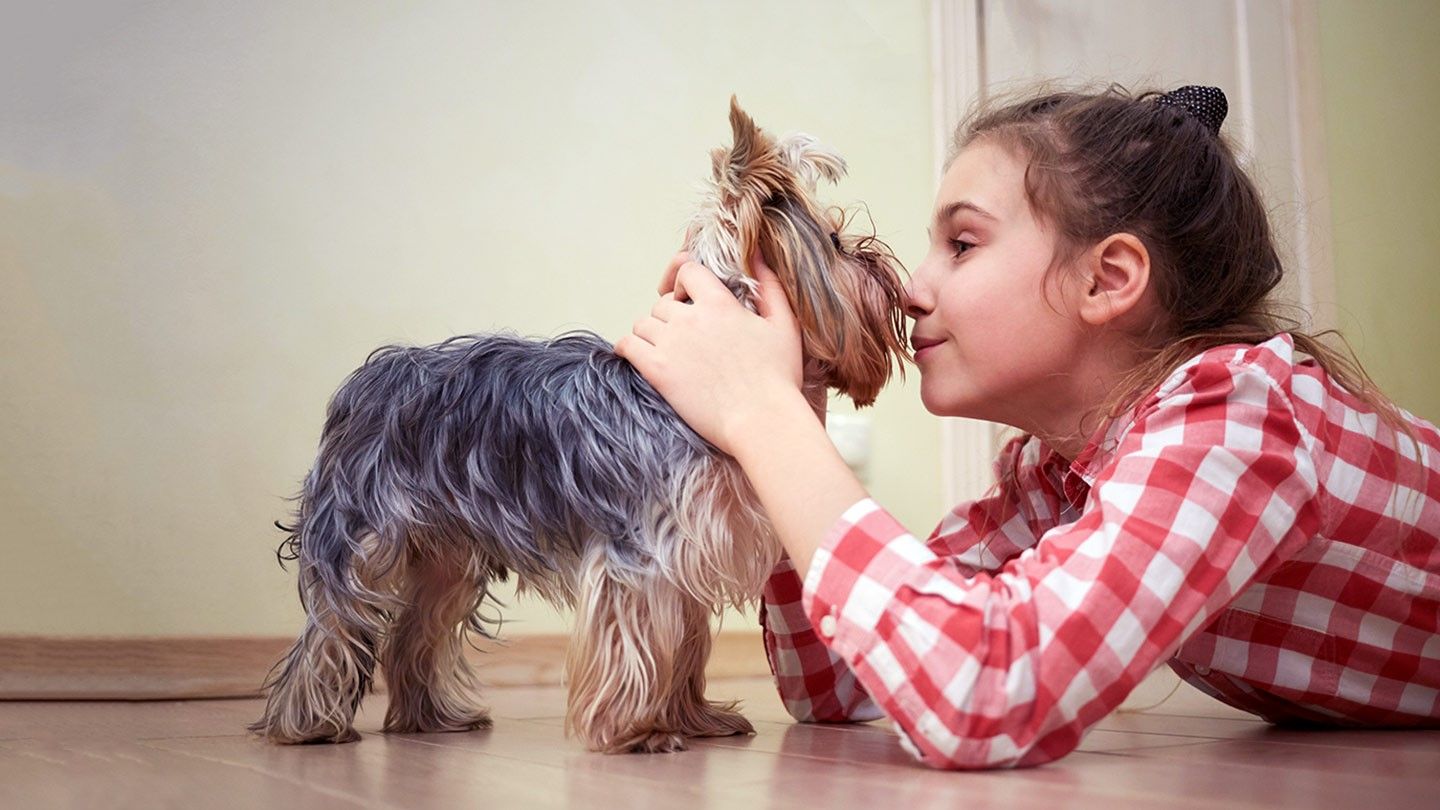Allergies in dogs can happen for numerous reasons. From skin allergies to food allergies, your dog can have them all. However, as long as you know how to deal with them, the allergies will not pose a great threat.
So, here are a few tips for dealing with your dog’s allergies.
#1 Meeting with Your Vet
The first step to dealing with your dog’s allergies is a trip to the vet. Your vet will take a detailed history of your dog’s symptoms, including how long they have been occurring and whether or not they occur during any particular time of the year. They will also ask about any medications that are being used on your dog and any other pets in the home (if there are any). Any recent changes in diet or environment should be noted as well.
After the necessary checkup, your vet will determine whether it is an allergic skin disease or food allergies. In most dogs, skin allergies can be treated using allergy medications like Apoquel for dogs. So, your vet will likely suggest them as prescription medications to deal with the skin conditions. For food allergies, alongside medication, the vet will also suggest a change in diet.
#2 Changing Your Dog’s Diet
Dogs with food allergies usually have fewer symptoms if they are on a hypoallergenic diet. As with any dog, though, you should make this change gradually. Otherwise, your furry friend might experience stomach upset or other problems.
If you suspect that your pup has a food allergy, consult with a vet before changing their diet. Do not take this decision by yourself without talking to a vet first. In case it is not a food allergy, changing their diet might lead to stomach problems.
#3 Avoiding Human Medication for Your Pet
Never give your dog human medication. It is a dangerous thing to do as some of the medications prescribed for humans can cause serious side effects in dogs.
If you suspect that your dog is in pain, see your vet immediately. Get your dog diagnosed and treated properly. Unless you have been advised by a professional to administer a certain drug or vitamin to your pet, never do it. Human supplements may be harmful, especially if they contain iron. So, check with your vet before giving anything else to your fluffy friend.
#4 Supplementing with Omega-3s
Omega-3 fatty acids are vital for a healthy coat and immune system. They can be found in fish oil, flaxseed oil, and other plant sources. Supplementation with these nutrients is a good idea if you have an allergic dog that needs to eat a limited diet. Get in touch with your vet before you start feeding supplements. Do a quick checkup of your dog if possible.
#5 Managing a Proper Bathing Schedule
Bathing your dog is enjoyable and necessary. Hot spots and skin irritation are common in dogs with allergies. They can affect any breed of dog regardless of their health or lifestyle.
To keep hot spots at bay, bathe your pet regularly. Bathing once a week should do. Use a dog shampoo that will not irritate their skin further.
You do not want to completely dry out the area. Apply some oil after drying off if you have access to it. If you are worried about getting soap too far down into the fur, just make sure not to rub too hard while washing.
#6 Using Medicated Shampoos
Medicated shampoos can help clear up skin conditions, such as dry skin, irritation, and itchiness. If you have a dog with these kinds of issues, take the time to properly clean them with a medicated shampoo. As it is a medical product at the end of the day, you must ask your vet first before using it.
#7 Ensuring Regular Grooming
Regular grooming is necessary for keeping your dog’s coat clean and healthy. For dogs with allergies, regular brushing can help keep their skin clear. Daily grooming can also help prevent skin irritation by removing dirt, oil, and dead hair from the coat before it becomes irritating.
If you are planning on taking your dog to a groomer or groomer, you may want to ask if they do allergy-specific grooming. Grooming your pet by yourself is always the better idea, though. It builds trust between you and gives you an opportunity to check for any signs of infection or irritation early on.
As long as you stick to these tips, dealing with your dog’s allergies will not be difficult at all.


0 comments